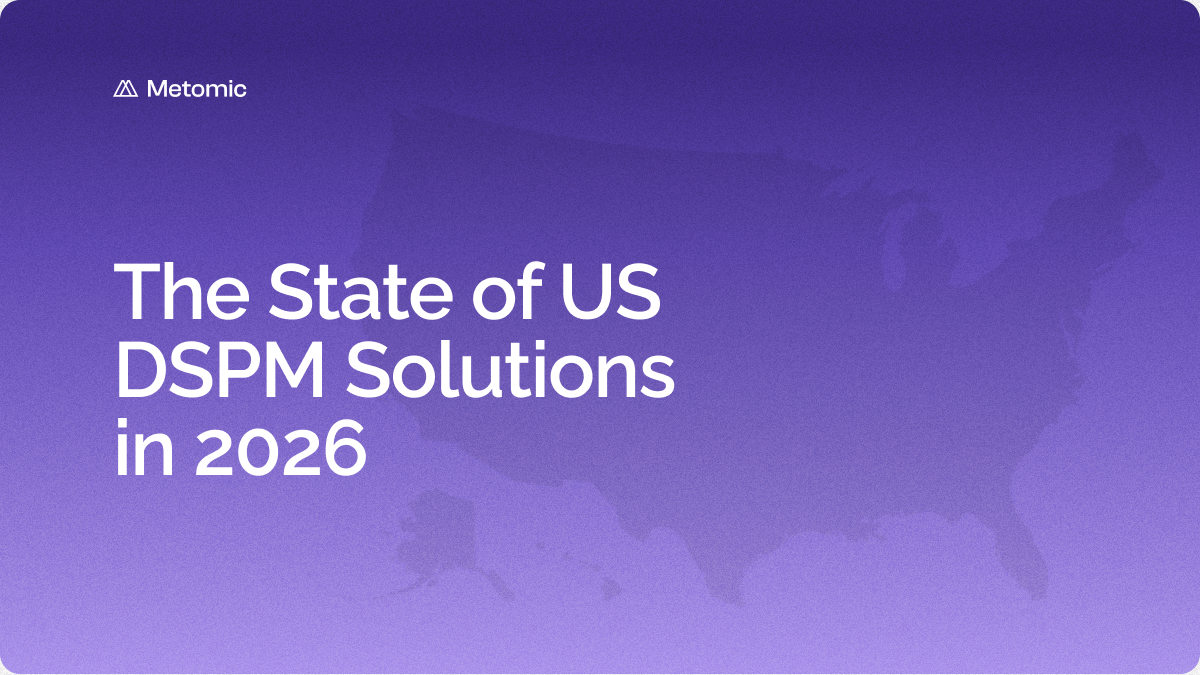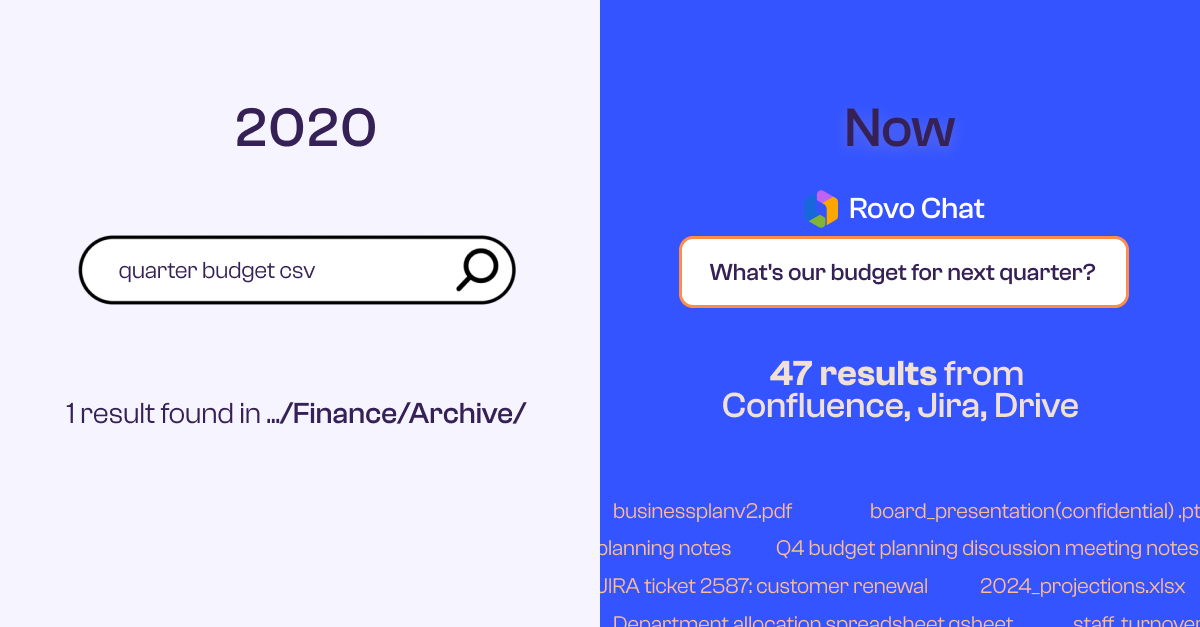What is SSPM (SaaS Security Posture Management) and How Can Your Organisation Improve it?
This article explains how SaaS security posture management (SSPM) helps security teams protect businesses from cyber threats, ensuring compliance, and minimising data breach risks.

What is SSPM (SaaS Security Posture Management) and How Can Your Organisation Improve it?
This article explains how SaaS security posture management (SSPM) helps security teams protect businesses from cyber threats, ensuring compliance, and minimising data breach risks.

Key Points:
- Establishing a SaaS security posture is vital to minimise cybersecurity risks and protect against financial and reputational damage.
- SaaS Security posture management (SSPM) covers network and data security, vendor risk, and breach prevention. It ensures alignment, communication, and compliance with regulations.
- Enhance security by assessing vulnerabilities, reducing the attack surface, optimising processes, employing real-time solutions, and measuring progress through metrics.
- Metomic's DLP solution can seamlessly compliment your organisation's SSPM.
Security teams have a duty to protect their business from cybersecurity threats that could cause huge financial and reputational damage.
With comprehensive SaaS security posture management in place, CISOs and other security professionals can ensure they’re monitoring all possible risks.
What is a SaaS security posture management (SSPM)?
If you’re leading a security team, having a security posture in place to protect your SaaS apps can help you get everyone aligned and on the same page. It can also help your leadership team to understand the protections you’ve put in place, and how you’re mitigating risks to keep the company safe.
Your security posture encompasses all of the assets and touchpoints you’re responsible for when it comes to protecting your business. That includes things like your networks, data security, and vendor risk management as well as the steps you’re taking to minimise the threat of a data breach.
Within your security posture, you should be thinking about security awareness training for employees around the business, and whether your current strategy is adequate for building your human firewall.
Why is SaaS security posture management important?
Having a strong SaaS security posture in place is important for minimising the common risks faced with SaaS apps, such as cybersecurity threats to your business. It ensures you have all of your bases covered so there are no gaps that hackers or malicious actors can penetrate.
Your security posture should outline what your process will be if you were to encounter any unfortunate events such as a data breach. But you’ll also need to ensure it’s constantly reviewed to keep up with the newest threats facing your company.
If you need to comply with regulations like GDPR, CCPA and PCI DSS, your security posture can also help you understand how you’re doing so and what may need to change.
How can you manage and evaluate your current SaaS security posture?
Start by reviewing all of the security measures you’re currently using.
For example:
- Do your networks need an extra layer of protection to prevent anyone from infiltrating them?
- Do you have up-to-date antivirus software in place or could it do with a refresh?
- Are your employees using two-factor authentication or will you need to make it mandatory?
Looking at your employee awareness and data security strategy, you should ask yourself whether it’s the most efficient way to educate your team and whether people are sticking to your policies.
It might be that you need to make training a continuous practice, for instance, with employee notifications, or that you need to make your sessions more interactive so the information really sticks.
What are the risks of not having a SaaS security posture in place?
Without a solid security posture in place, you can fall victim to cybersecurity attacks such as malware, putting your business at serious risk. And the employees within your organisation can easily be fooled by social engineering techniques too.
The huge cost of data breaches, averaging $4.35m in 2022, and the impact on your brand’s reputation can be massively detrimental to your business if the worst were to happen.
How can security teams improve their SaaS security posture?
There are a few ways security teams can improve their security posture:
1. Identify the vulnerabilities
Firstly, you should carry out a data risk assessment to see where your vulnerabilities lie. Identify the biggest problems you need to address - for instance
- What data are you holding on to?
- How are you protecting it?
2. Limit your attack surface
Look at all the areas that could be compromised and see whether all of them are necessary.
- Is there a database you no longer use that’s storing sensitive data?
- Could you manage without it or take steps to secure it?
3. Evaluate your processes
Look at the processes you have in place for your security posture.
- What is taking too long?
- Is there anything that can be automated?
4. Cover all bases
Implement new security policies that cover all your bases when it comes to protecting your business.
- Ensure your policies address data encryption, strict access controls, strong identity and authentication management (IAM), proper SaaS security configuration, system monitoring, and logging
5. Explore real-time DLP solutions
Real-time DLP solutions can bring risks to your attention as they develop so you’re constantly aware of new threats.
- Metomic's modern DLP solution provides unparalleled visibility and enhanced accuracy and detects PII, PCI, PHI, secrets, and credentials.
- Automated workflows ensure continuous compliance and help security teams respond to issues instantly.
6. Measuring and reporting
Work out what metrics you’ll use to measure your success (you can take some tips from our guide here).
- Use tools that provide detailed insights and reporting capabilities to track your security posture over time.
7. Control who has access
Consider access controls and implement retention policies to restrict who can see your documents.
- Regularly review permissions and sharing settings to prevent security posture drift.
How can Metomic help?
Metomic's DLP solution offers a modern twist to boosting your organisation's SSPM. Here’s why it stands out:
- Real-time visibility: See permissions and sharing settings instantly to prevent any security hiccups.
- Advanced AI technology: Unlike older DLP tools that can be hit or miss, Metomic uses smart AI to sift through the noise and lighten your security team's load.
- Automated workflows: Our platform is able to jump in automatically and handle data security issues as they pop up.
- Enhanced accuracy: It’s great at spotting sensitive data like PII, PCI, PHI, secrets, and credentials without flooding you with false alarms.
- Actionable alerts: We make sure your team focuses on the real issues that matter to your business and stays on top of compliance.
By plugging into Metomic's DLP solution, you not only strengthen your security posture, you also make life easier for your team.
Conclusion
Enhancing your organisation’s SSPM is crucial for robust cybersecurity. Unlike older systems prone to false alarms, modern SSPM solutions integrate seamlessly to bolster your defences and operational efficiency.
Incorporating a third-party tool like Metomic's advanced DLP solution enhances this by providing automated responses and improved accuracy, streamlining operations, lightening your security team's load, and ensuring compliance.
This proactive approach not only protects sensitive data like PII, PCI, PHI, secrets, and credentials but also reduces the risk of breaches.
Book a personalised demo or get in touch with our team today to learn how Metomic can strengthen your organisation's SSPM and elevate your cybersecurity posture effortlessly.





